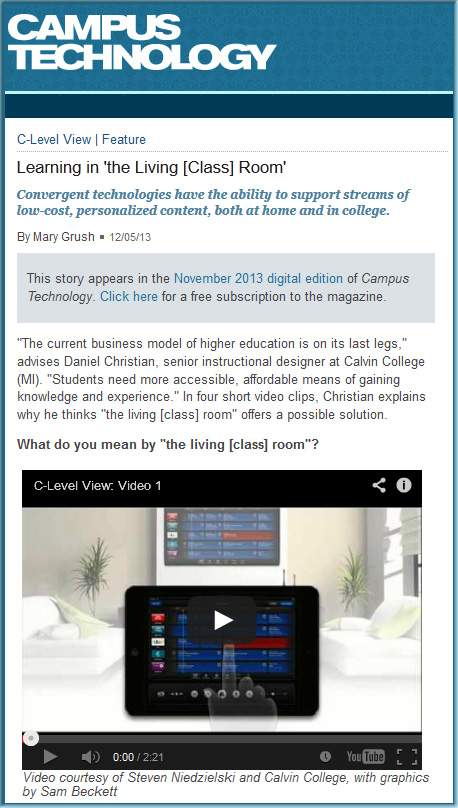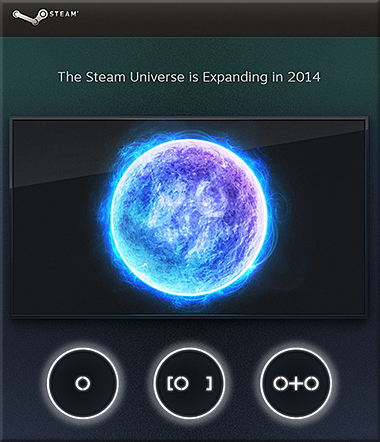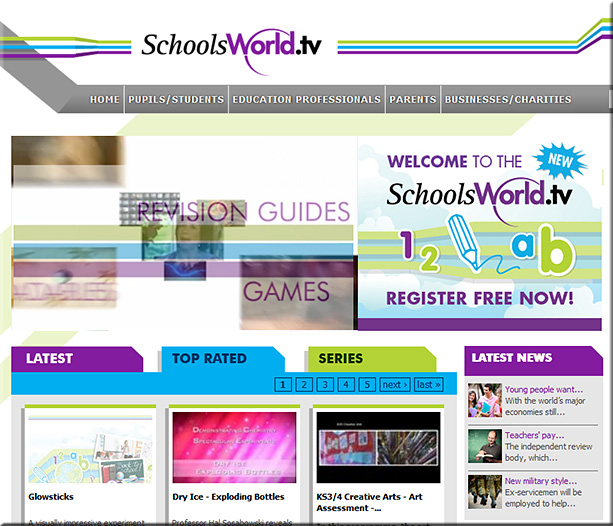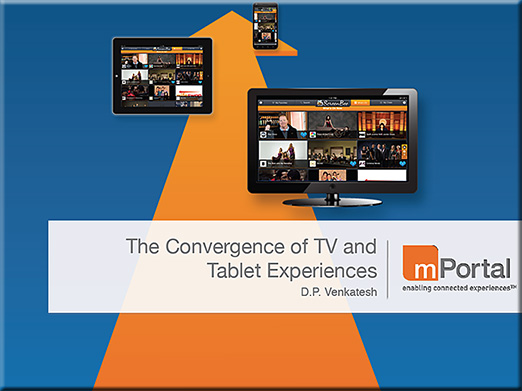iBeacons aren’t just for retail: Placed lets you use them as iPhone quick launchers at home — from techcrunch.com by Darrell Etherington
Excerpt (emphasis and addition by DSC):
There has been a lot of talk about iBeacons since they launched with iOS 7 last fall, but much of the focus has been on how they benefit retailers and add to the in-store shopping experience. They have a much broader range of potential use, however, and part of that is consumer-focused (and education-focused), too. Placed is a new app that shows you how iBeacons might benefit anyone at home, by tying iBeacons to specific apps and offering quick-launch capabilities.
Also see:
From DSC:
Thinking out loud…again, we can see applications for this type of technology in the classroom. Say, for example, the topic you are teaching this week is photosynthesis. You set up your room with some iBeacons and props. One corner has a large plant in it with an iBeacon attached to it; when a student approaches that plant/iBeacon with their iPad or iPhone in hand, a video demonstration of photosynthesis is automatically launched. The student views the demo then moves over to another corner of the room where another webpage is automatically brought up on their device — perhaps to take a quiz on what they just reviewed. Another corner has another iBeacon that launches a certain app that provides information for further exploration.


















![The Living [Class] Room -- by Daniel Christian -- July 2012 -- a second device used in conjunction with a Smart/Connected TV](http://danielschristian.com/learning-ecosystems/wp-content/uploads/2012/07/The-Living-Class-Room-Daniel-S-Christian-July-2012.jpg)





